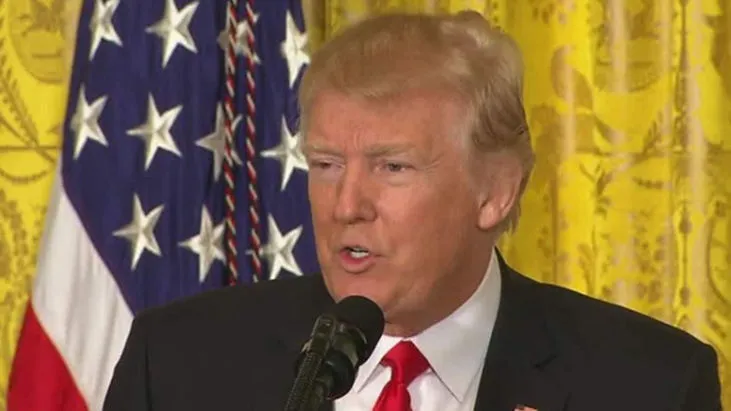Government data revealed that the US trade gap reached a new high last year. The Commerce Department reported that the overall deficit climbed to $918.4 billion in 2024. This represented a 17% increase over 2023. Officials noted that imports surged much faster than exports. They also mentioned that the goods trade deficit set a record, based on data dating back to 1960.
Tariff Threats and Rising Tensions
Analysts explained that the high deficit figures emerged as the new US administration scrutinized trade imbalances. They recalled that President Donald Trump had threatened tariffs on major trading partners over these issues. Over the weekend, he announced fresh duties on Canada, Mexico, and China. Temporary deals were then reached with Canada and Mexico to pause the levies for a month while talks continued. Trump justified these measures by citing concerns over illegal immigration and the flow of deadly fentanyl. He had also highlighted America’s trade deficits with its neighbors.
Market Reactions and Data Highlights
Experts observed that stock markets wavered when tariffs targeting Beijing took effect on Tuesday. They noted that the suspension of duty-free exemptions for low-value parcels further raised concerns. In addition, they reported that Beijing had retaliated, which spooked global economies amid fears of a broader trade war. Officials stated that US imports increased by 6.6%, or $253.3 billion, throughout 2024. At the same time, exports grew by 3.9%, adding $119.8 billion. They credited the growth in goods exports to products like computer accessories and semiconductors, while increased travel boosted services exports. Conversely, imports rose mainly due to consumer goods, computers, semiconductors, and food.
Uncertain Future Ahead
Senior economists expressed uncertainty about the trade path. Matthew Martin from Oxford Economics noted that the future appeared unclear because of the Trump administration’s unpredictable tariff policies. He mentioned that while Mexico and Canada might avoid tariffs, he expected the tariffs on China to remain. Martin further stated that he anticipated the European Union would be targeted next. He warned that computer and electronic products from China would suffer the most and pointed to potential risks with chemicals and manufacturing equipment from the EU. Officials reported that the goods deficit with China reached $295.4 billion in 2024. This deficit exceeded the combined deficits with Canada and Mexico and even surpassed the deficit with the EU.
In December alone, the data showed that the US trade deficit jumped by nearly 25% to $98.4 billion. This figure slightly exceeded the consensus estimate of $98.0 billion provided by Briefing.com. During that month, imports rose by 3.5% to $364.9 billion, while exports fell by 2.6% to $266.5 billion.
Economists Carl Weinberg and Mary Chen from High Frequency Economics suggested that companies might have accelerated imports to avoid Trump’s import threats. They also observed that strong export numbers indicated a fast-growing economy nearing its full potential.
Furthermore, analysts recalled that Trump had threatened tariffs on the European Union, arguing that they had treated Washington “very badly.” Overall, the record-high trade gap and ensuing tariff threats underscored a challenging and uncertain future for US trade relations.






















